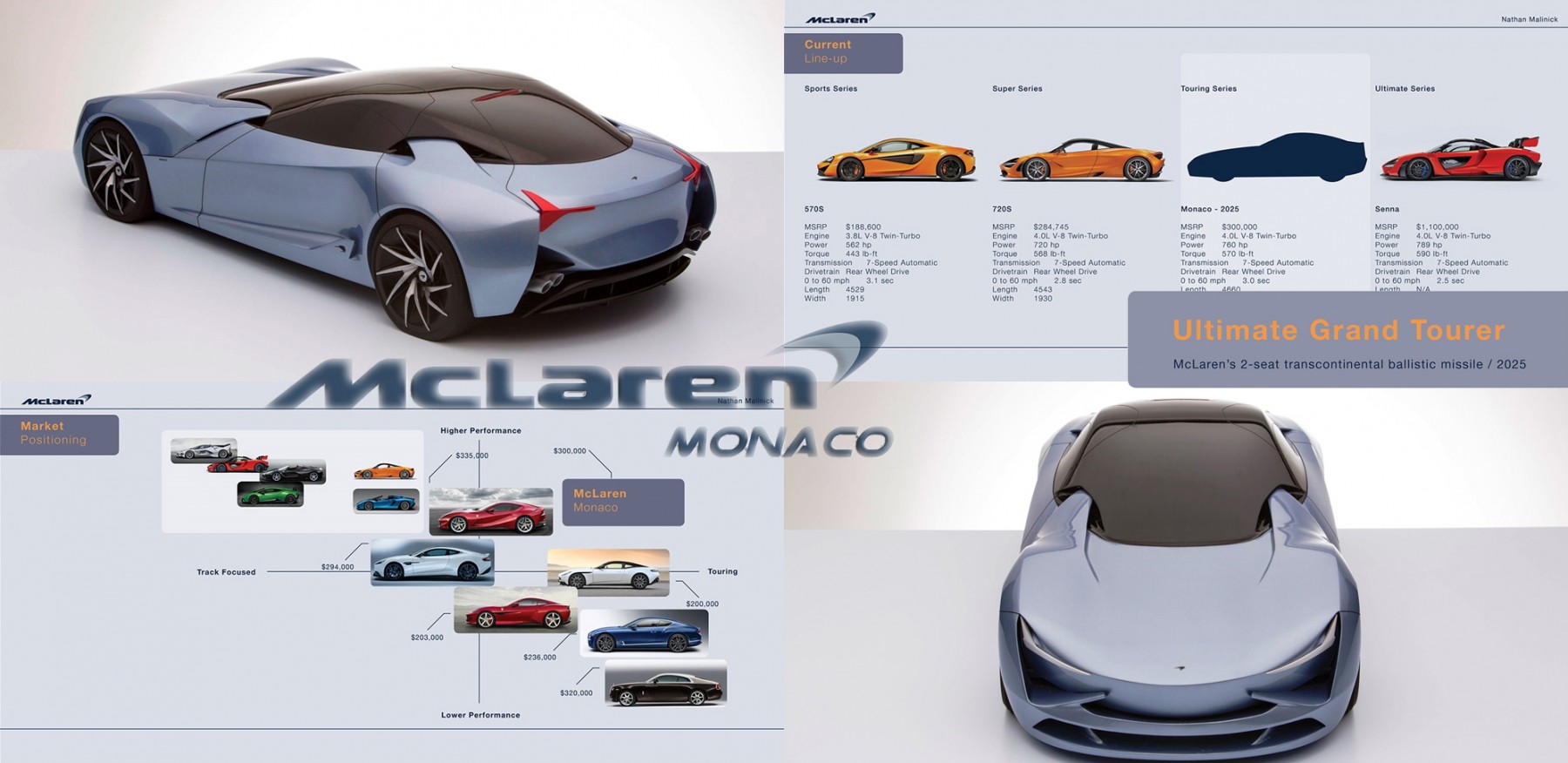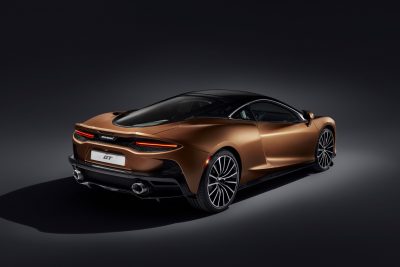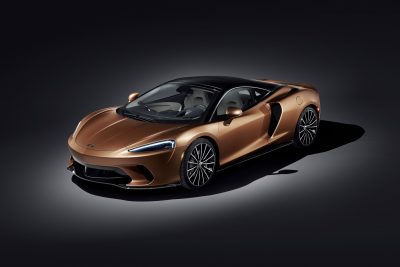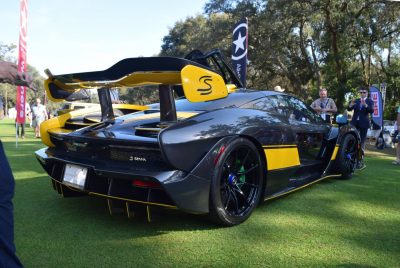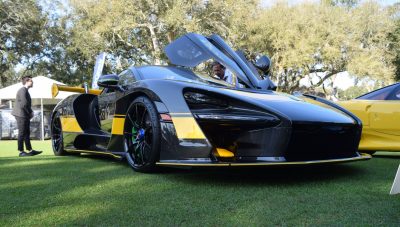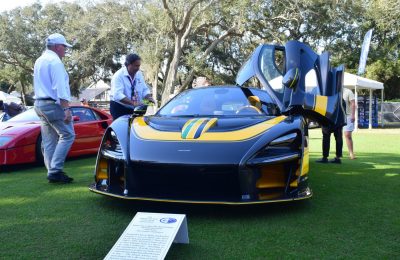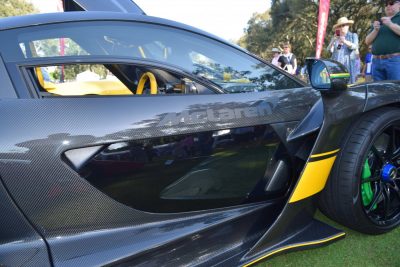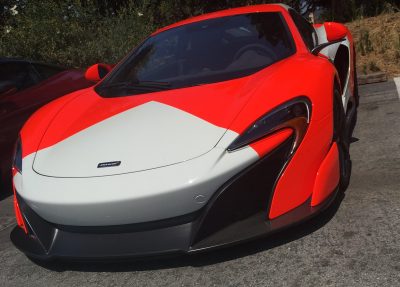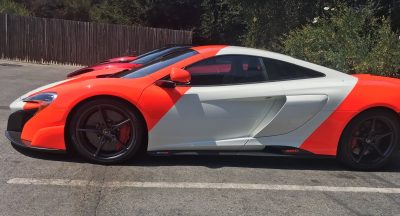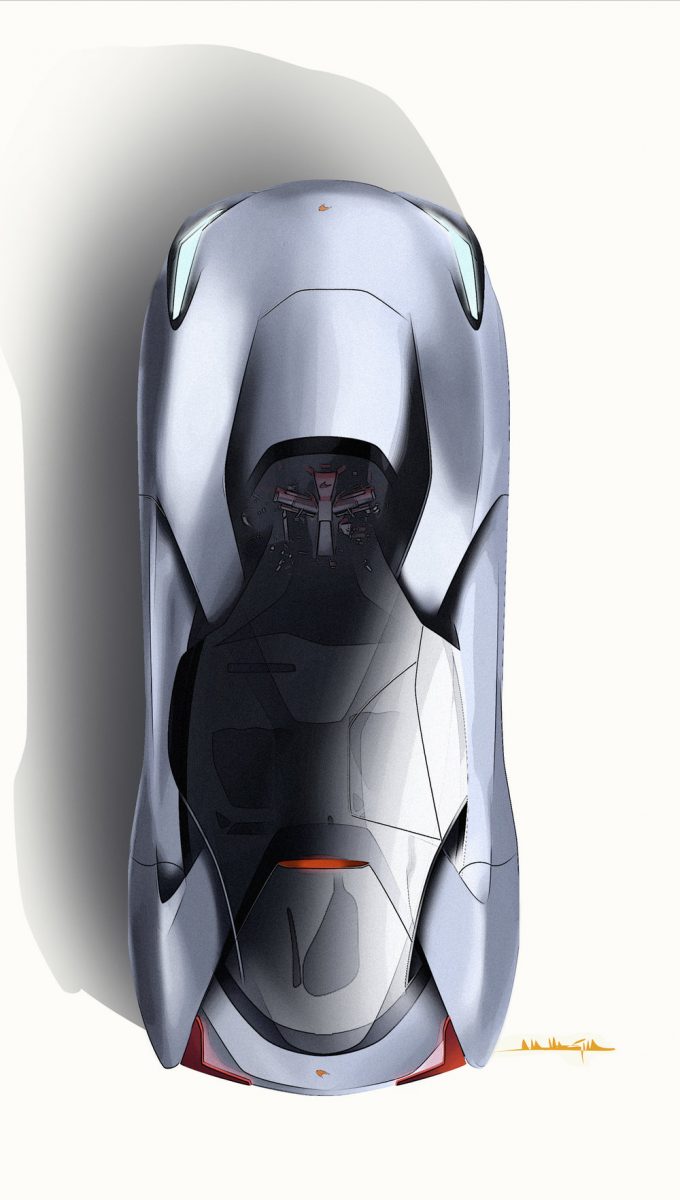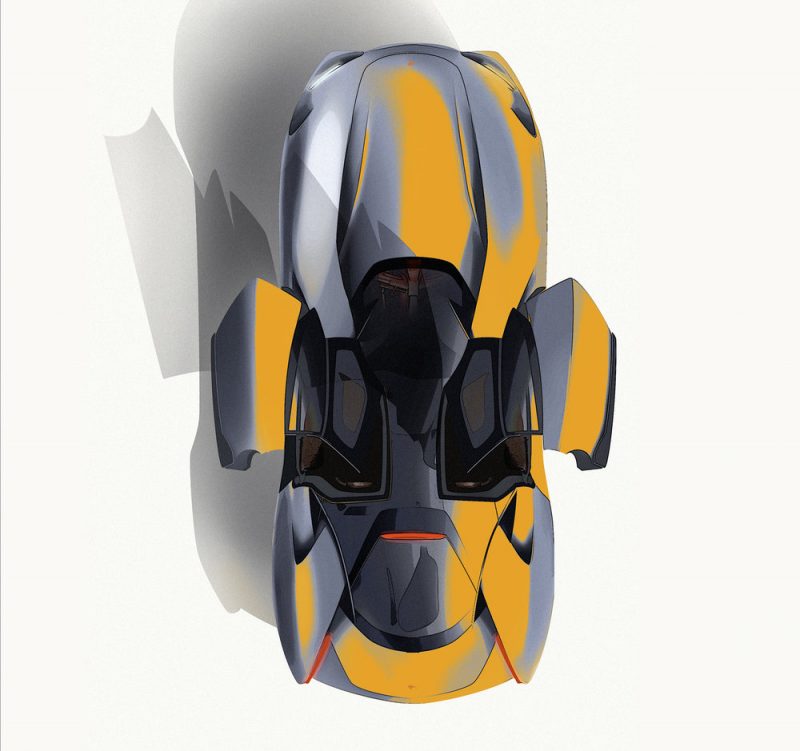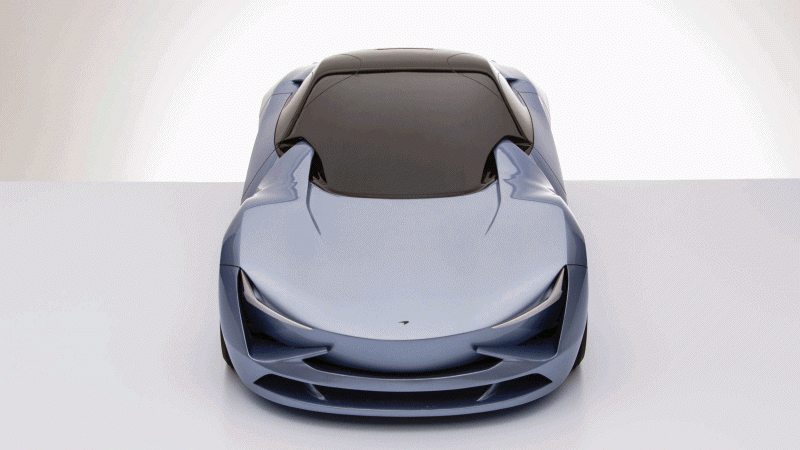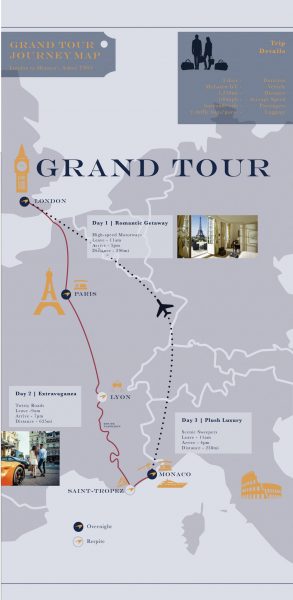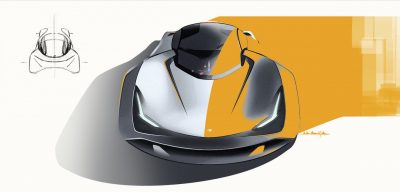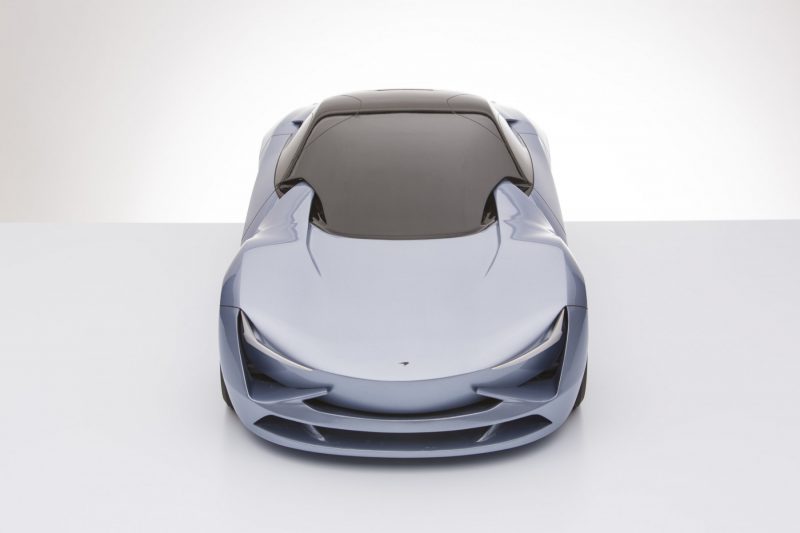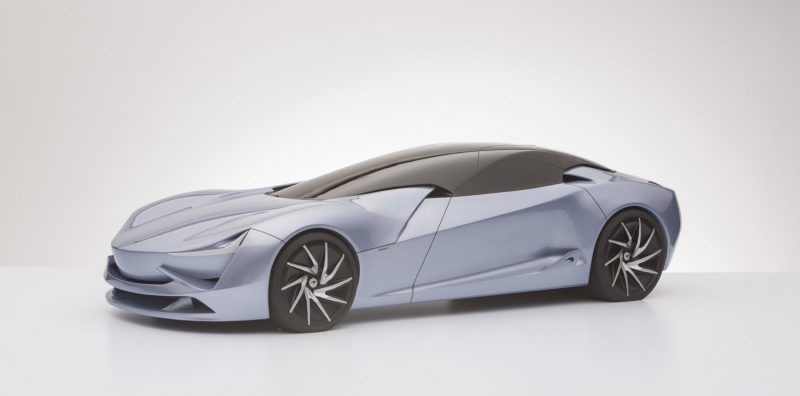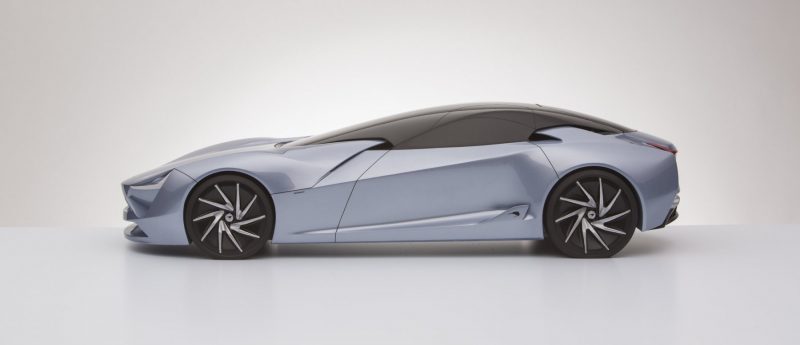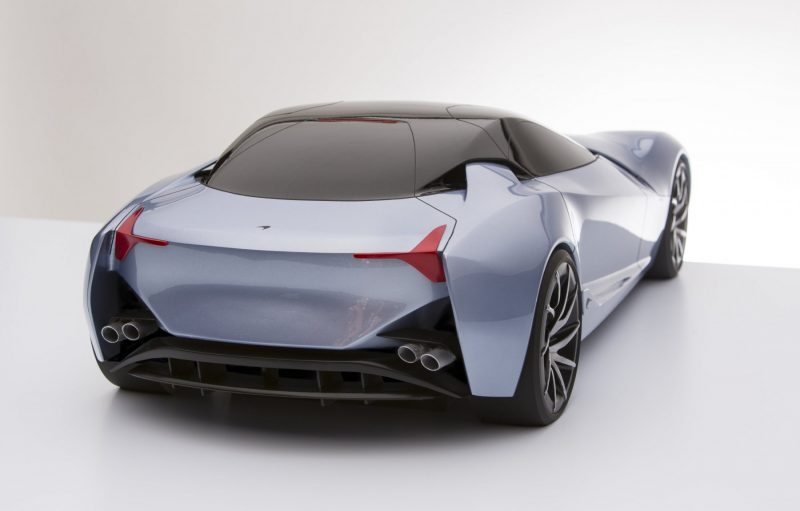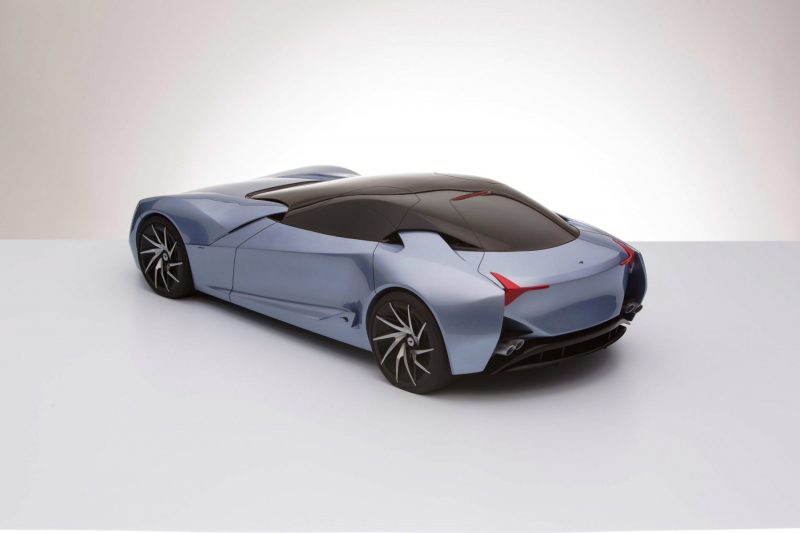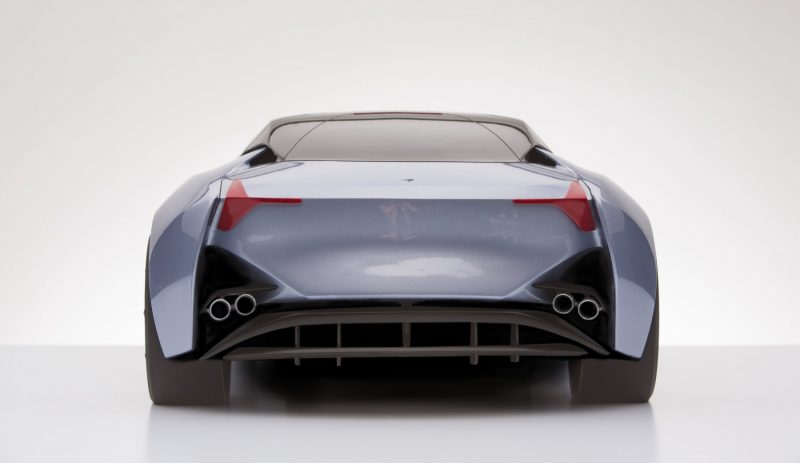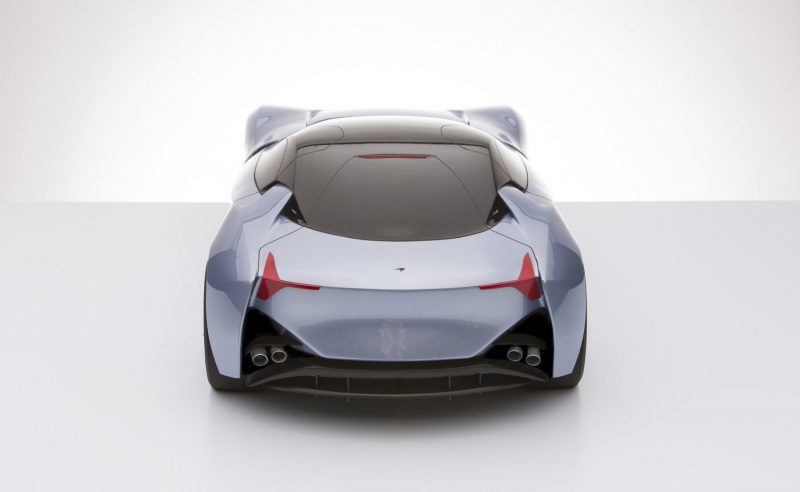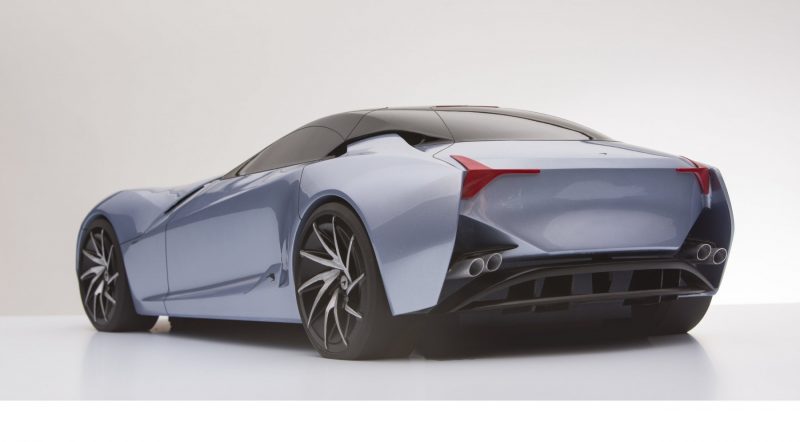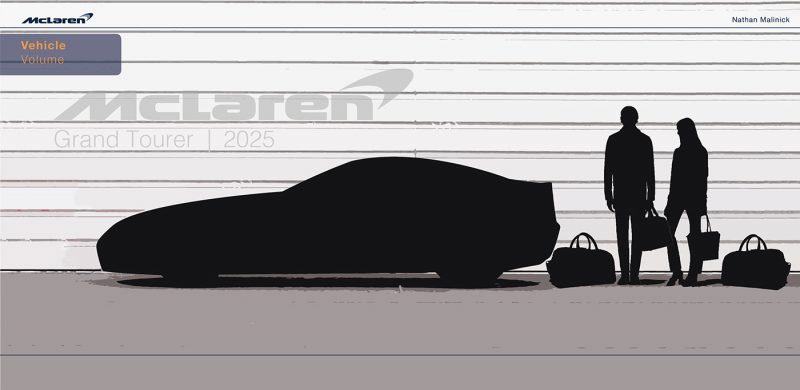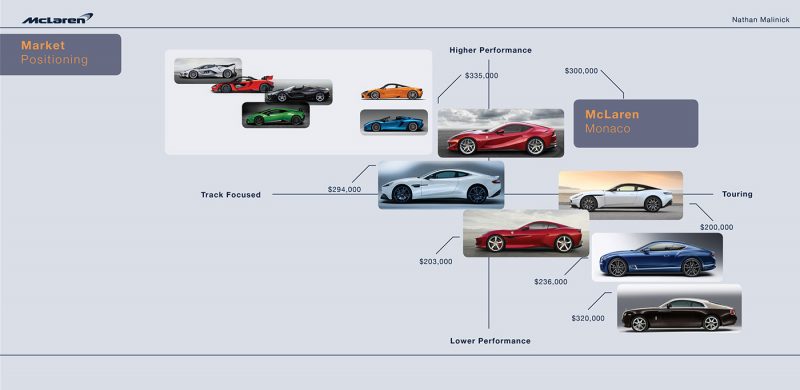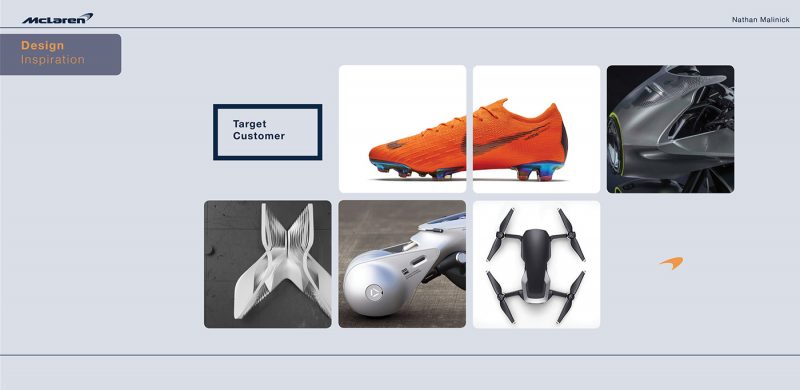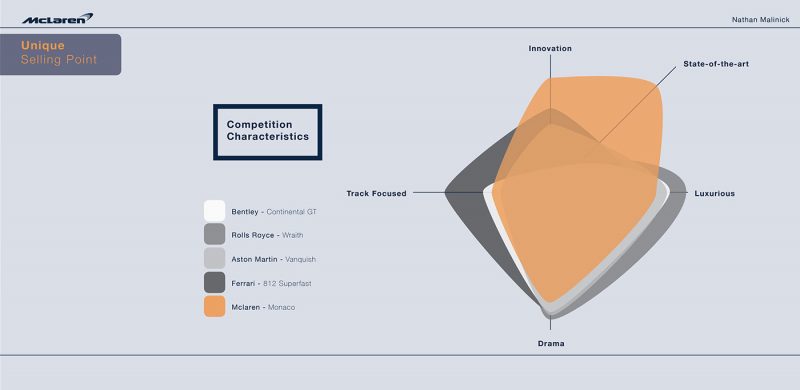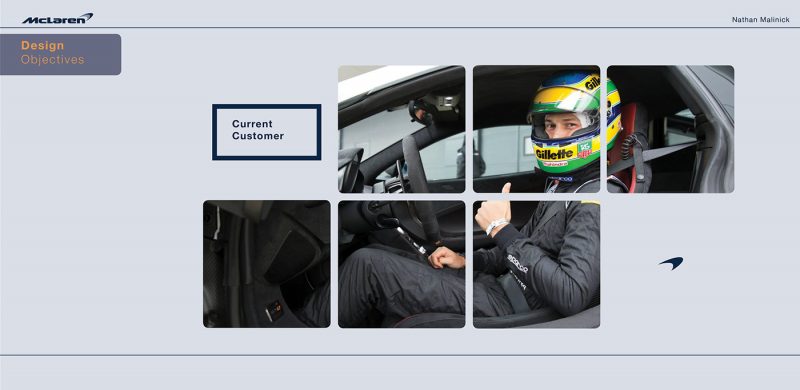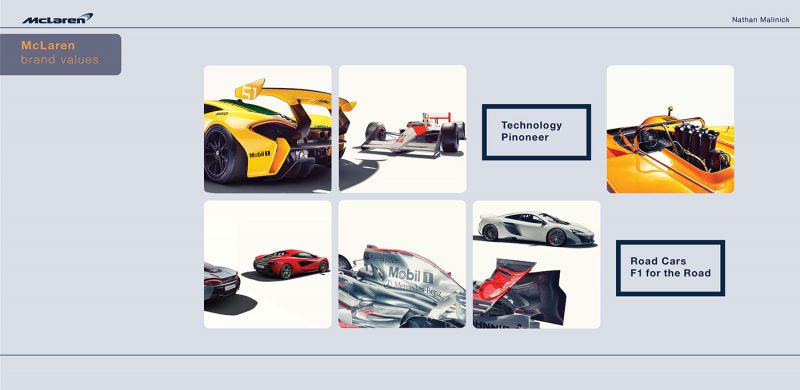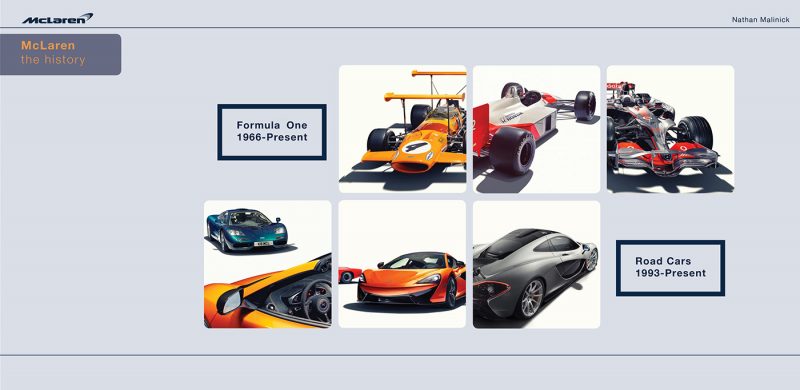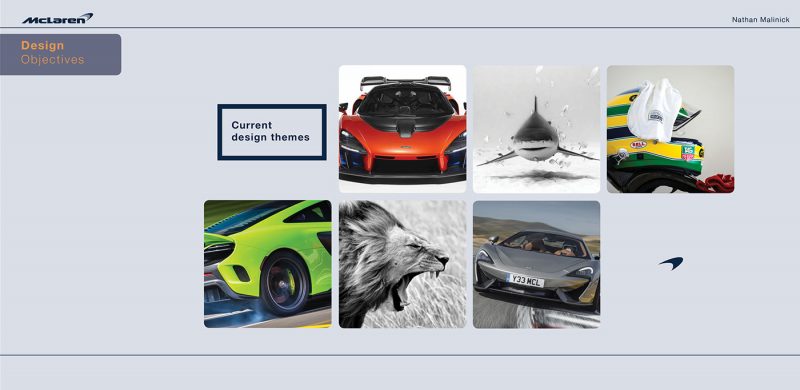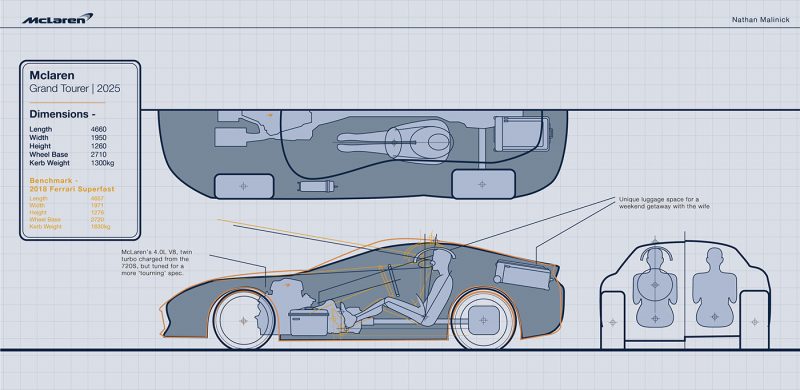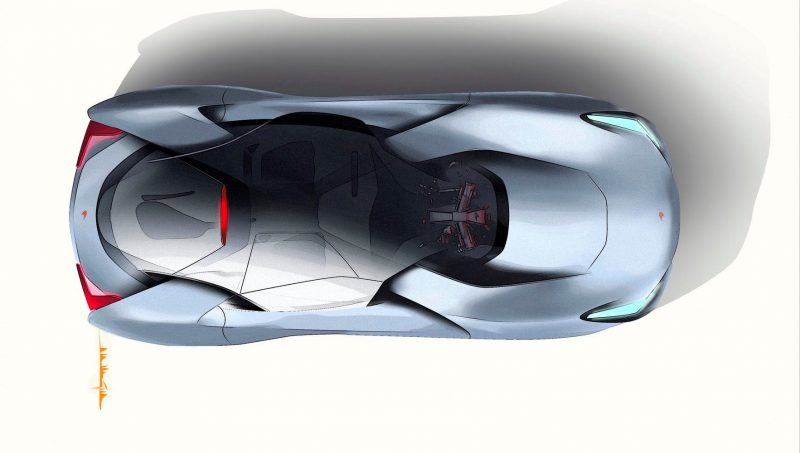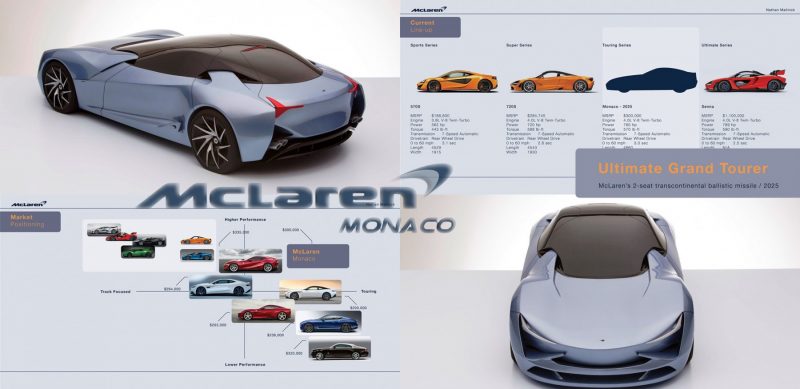On the eve of McLaren’s latest road car reveal at Villa d’Este tomorrow — here is a masters-thesis design project from a rising star of the car business. Its premise? A front-engine GT car from McLaren. Named the Monaco, nearby where Macca will unveil their cushiest road car yet.
But this concept is no strategic counterpoint. This design was finalized last year so it is just a delightful convergence of ideas in the motor universe. From the ArtCenter College of Design in Pasadena, to Woking, and back.
“I finished this project before the release of the McLaren Speedtail last fall (and well before the Mclaren GT reveal last week) so any resemblance is a coincidence.” -Malinick
But where Nathan Malinick’s design differs from the road-going McLaren GT is in the engine placement: front for the design vision and mid for the production machine. One of the great things about top design programs is that they justify the business case and explore the idea in vivid detail before bringing it to life. Check out how this baby came about!
It is a bold idea to propose a front engined McLaren. Even after a decade free of the SLR it still leaves a powerful taste in our mouths.
Surely the brilliant elements of the SLR could be brought into a happier place without the Mercedes interference. This design of Malinick’s takes that leap of faith to imagine a true grand tourer from McLaren. The benefits of front-engined vehicles are many: handling stability, cabin roominess and trunk capacity all vastly superior to mid-engine exotics.
Malinick’s McLaren Monaco brings an aggressively forward-looking approach to evolving the 570 and 675LT nicely into a next generation of models. Wild slashes and cuts form the blowing air outlets at the top of the hood, and sucking in air ahead of the rear axle behind the doors. Oil coolers, diffs and rear brakes all need air — but Malinick embellishes the mechanical requirement in a frisky way.
The interplay of the windshield A-pillar and hood is an interesting take – using quite a special piece of glass that plunges far forward into the hood. The entire engine might be behind the leading edge of the glass, in fact, offering some atypical visibility versus most supercars. Note: The plan view from above shows this quite clearly, and Nathan discusses this in detail below.
McLaren nose treatments seem happiest on a brutal face like Senna, to these eyes. The rounded elements of their production range are a consumer hit, however, and Malinick includes the flowing wide arc angles across the nose nicely.
Floating aero slashes form the leading edge of the nose here in a way that certainly looks chic and production-ready.
Please enjoy this write-up from the designer below, and follow Nathan Malinick’s Behance profile here. His personal portfolio website lives over here.
But whatever you think of this design… just know that past evidence from this top design school hints that these ideas will indeed hit the road in about five years time. Probably on something less exciting than a McLaren – but such is life!
Designers Summary – By Nathan Malinick
First of all, the reason I chose to design this vehicle for my senior thesis is purely from passion for the brand and their approach to design. Since meeting Frank Stephenson, the former Design Chief at McLaren, in 2012 at the launch of the MP4-12C, his investment in me as an aspiring designer and his approach to design has always been an inspiration.
This passion for McLaren led me to fill a gap in their line-up which is gaping to my eyes and an incredible opportunity for market share in the front-engined, continent crushing, Grand Touring segment. Personally, as a fan of McLaren, I found it fascinating to think about what a front-engined McLaren might look like especially since the only glimpse we ever had at one was the Mercedes McLaren SLR, designed primarily by Mercedes. So I sought to answer the question of what a proper GT car for them would look like.
Then I thought about what would make it unique. Ferrari has the GT category seemingly perfected as does Aston Martin and Bentley, the most likely competitors. So how do I provide something totally unique and separate to the rest? Taking into consideration McLaren’s approach to advanced aero, surfaces, materials and technology, I thought about how incredible it would be as a driver to experience the aerodynamics at work in harmony with the engine from within the greenhouse. Why can you only see the engine in mid-engined supercars? So, the engine the McLaren Monaco sits within the greenhouse, fully immersing driver and passenger in the experience (of course its still sealed off by a bulkhead for fumes, etc.). And what if the greenhouse and cockpit was ‘suspended’ by tendons reaching up from the four corners of the car to hold the glass in place, while also acting as downforce elements used to control the air.
In an effort to keep the design as pure as possible, in side view there is one strong theme line that runs from the front fascia to the rear fender. Additional aero control is achieved by side winglets coming off the sucked-in lower body-side. The front is a progression of the current DNA, but toned down to be slightly less aggressive as this is a GT car, not a track toy. The plan view is dominated by the four ‘tendons’ coming off each fender, which helps to achieve a goal I had at eliminating from the belt-line down, any obvious aerodynamic cuts or holes.
The rear view is simplified with one strong horizontal line and lights and exhaust set far apart to widen the lower the vehicle.
Nathan George Malinick
Transportation Design, Art Center College of Design
https://www.behance.net/nmalinick
Scale Models: The Unsung Hero of Car Design – A Student’s Perspective
2020 McLaren Monaco By Nathan Malinick

Tom Burkart is the founder and managing editor of Car-Revs-Daily.com, an innovative and rapidly-expanding automotive news magazine.
He holds a Journalism JBA degree from the University of Wisconsin – Madison. Tom currently resides in Charleston, South Carolina with his two amazing dogs, Drake and Tank.
Mr. Burkart is available for all questions and concerns by email Tom(at)car-revs-daily.com.

